 Welcome to the Computer Vision and Multimedia Lab website.
Welcome to the Computer Vision and Multimedia Lab website.
GET IN TOUCH
AVIO (Airport Virtual Infrastructure Operation)
[ For Italian version]
For Italian version]
Artificial Intelligence for Airport Operations
The project aims to develop a digital twin of an airport that uses computer vision modules to collect real-time data on aircraft, vehicles and operators during ground operations. This data will be integrated and visualized in various ways to improve situational awareness and support efficient operations, especially in extreme weather events. The system includes modules for video processing, data collection and integration, and visualization through maps and augmented reality, as well as a simulator to train operators in a virtual environment. The aim is to improve the resilience of the airport and decision-making processes.
Computer Vision for Event Detection and Tracking
Airport handling operations are based on complex protocols in which all actions are disciplined. Automatic event detection and tracking will enhance airport safety and security, while also increasing efficiency.
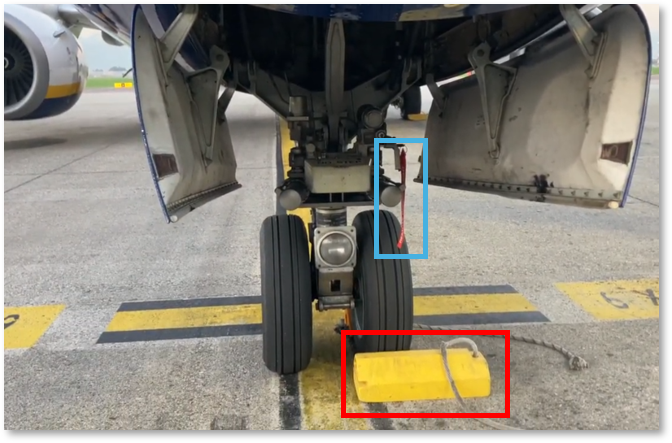
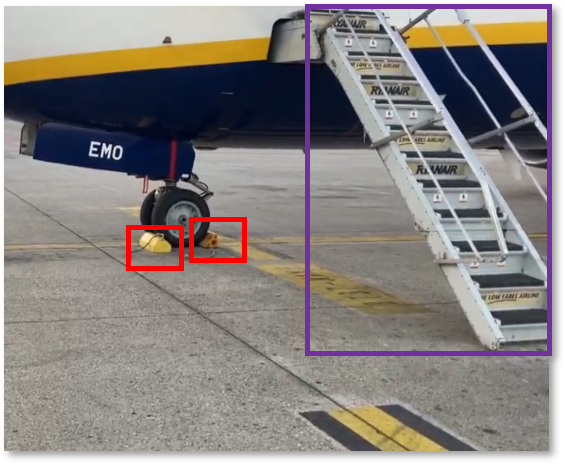
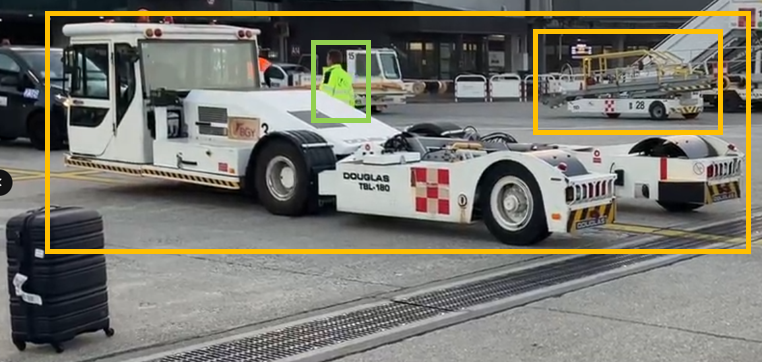
Eye Tracking for HMI Optimization
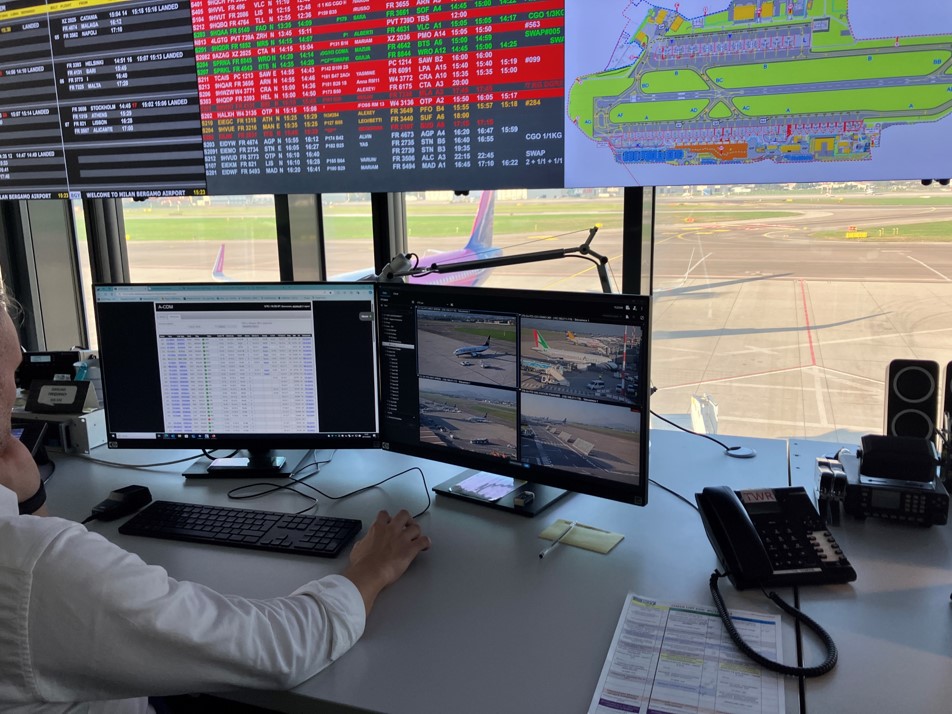 Managing airport operations requires continuous attention to sophisticated digital interfaces.
AI-assisted analysis of collaborative work via eye tracking can help detecting critical aspects and optimizing functions, screens and positioning.
Managing airport operations requires continuous attention to sophisticated digital interfaces.
AI-assisted analysis of collaborative work via eye tracking can help detecting critical aspects and optimizing functions, screens and positioning.
Deep Reinforcement Learning for Stand and Services Allocation
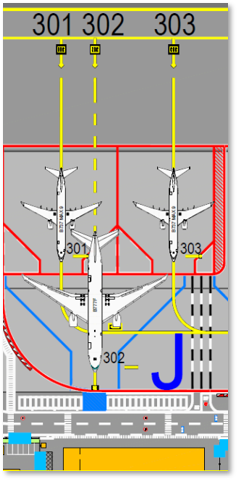 Allocating airport stands and services requires effective scheduling, to be updated continuously to meet requests and unexpected events.
Deep Reinforcement Learning can generate adaptive policies that are optimized on a daily temporal horizon.
Allocating airport stands and services requires effective scheduling, to be updated continuously to meet requests and unexpected events.
Deep Reinforcement Learning can generate adaptive policies that are optimized on a daily temporal horizon.
The main activities of the project concern: (1) the development of methods for the state detection of vehicles and aircrafts through Deep Convolutional Neural Networks, (2) the implementation of solutions for modeling and querying data through Knowledge Graphs, (3) the use of distributed and edge computing from advanced sensors for the detection and monitoring of "states", (4) the support for the development of Human-Machine Interface systems, and (5) the application of Deep Reinforcement Learning techniques for the continuous improvement of airport safety procedures.
The University of Pavia is the leader of the "Implementation Objective" 5, aimed at the accomplishment of scientific and technological research activities to support the most innovative aspects of the overall project. In essence, the University of Pavia acts as a collection center for the main needs of the technological and service partners, and therefore as a scientific and methodological support to their work. In particular, the Computer Vision and Multimedia Lab is directly involved in activities 1, 4 and 5.
Web-site of the project: AVIO - Training & Simulation
The project in Press review (articles in Italian):
>> Un gemello virtuale dell’aeroporto di Bergamo. L’Università nel progetto, from la Provincia Pavese - 24/04/2025
>> L’aeroporto avrà il suo “gemello digitale”: ottimizzerà le operazioni di terra e il processo decisionale, from BergamoNews - 04/04/2025
>> Milano Bergamo: nasce il ‘gemello digitale’ per ottimizzare le operazioni, from TravelQuotidiano.com - 04/04/2025
>> Aeroporto di Bergamo avrà un aeroporto digitale gemello, from Trasporti-Italia.com - 04/04/2025
>> Milan Bergamo Airport avrà il suo gemello digitale, from Il Secolo XIX - 03/04/2025
>> Milan Bergamo Airport avrà il suo gemello digitale, from Milan Bergamo Airport BGY - 03/04/2025